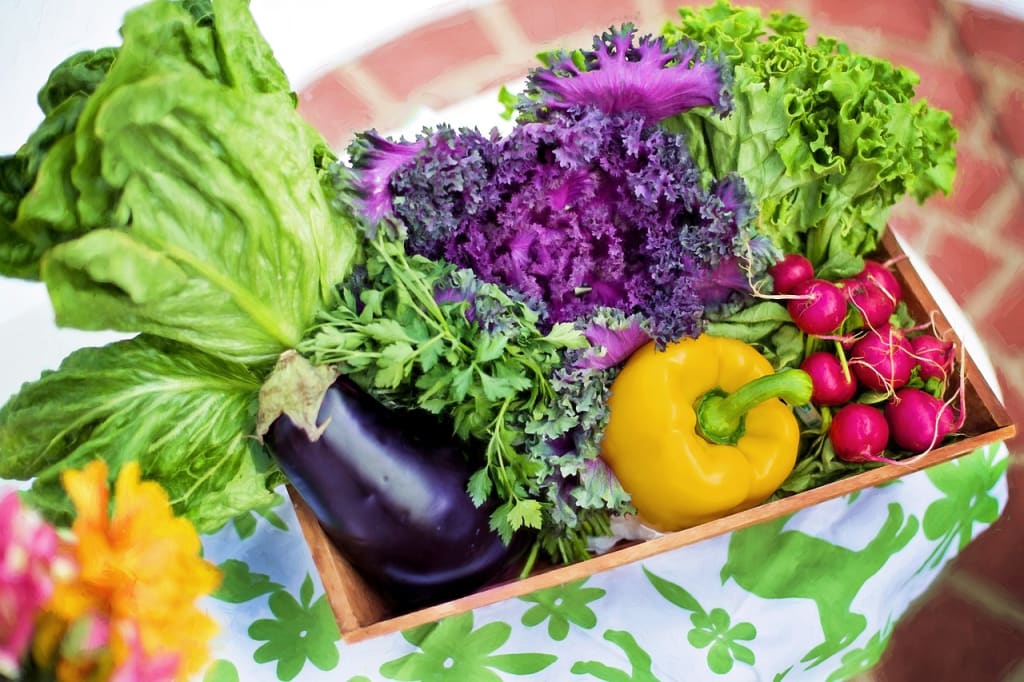The Sustainable Garden
A Journey Towards Environmental Harmony

In a bustling city where concrete dominated the landscape, there was a forgotten plot of land yearning for purpose and life. Hidden among towering buildings and neglected by passersby, the plot remained barren, waiting patiently for someone to unlock its hidden potential.
Enter Emily, a young woman with a deep love for nature and a burning desire to make a positive impact on the environment. As she stumbled upon the neglected plot one day, a spark of inspiration ignited within her. With unwavering determination, she decided to transform this forgotten space into a thriving garden that embraced sustainable practices and nurtured the ecosystem.
Emily immersed herself in research, learning about regenerative gardening and sustainable techniques. She understood that the key to creating an abundant and harmonious garden lay in the health of the soil. With great care, she cleared away the debris, pulled out the invasive plants, and prepared the soil for rejuvenation.
Composting became Emily's daily ritual. She collected kitchen scraps, yard waste, and fallen leaves, transforming them into nutrient-rich compost. The compost acted as a natural fertilizer, feeding the soil with essential nutrients and fostering a healthy ecosystem for plants to thrive. Emily could almost feel the energy of the garden coming alive as she lovingly tended to the compost pile.
As the garden began to take shape, Emily embraced the concept of biodiversity. She understood that a diverse array of plants would promote a balanced ecosystem and reduce the need for chemical interventions. She carefully selected a variety of flowers, herbs, and vegetables, considering their compatibility and the benefits they would bring to one another.
To attract pollinators and beneficial insects, Emily planted vibrant flowers that provided nectar and pollen throughout the seasons. Bees buzzed happily from blossom to blossom, ensuring the pollination of fruits and vegetables, while ladybugs and lacewings feasted on aphids, keeping pest populations in check.
Water conservation was another vital aspect of Emily's sustainable gardening practices. She installed rain barrels to collect and store rainwater, reducing the garden's reliance on the municipal water supply. She also implemented a drip irrigation system, delivering water directly to the roots of plants, minimizing evaporation and water waste. Mulch, made from organic materials, covered the soil, preventing moisture loss and protecting the delicate ecosystem below.
Emily's sustainable garden quickly became a source of inspiration for her neighbors. They admired her commitment to environmental stewardship and were eager to join her in transforming their own outdoor spaces. Together, they formed a community of like-minded individuals, united by their love for nature and their dedication to sustainable living.
Word of Emily's garden spread throughout the city. Local schools, community organizations, and even city officials took notice of her efforts. They recognized the value of regenerative gardening practices in promoting a greener and more sustainable future. Inspired by Emily's success, they began implementing similar initiatives, transforming neglected spaces into thriving gardens and parks that celebrated biodiversity and sustainable practices.
Emily's garden became a haven of knowledge and learning. She hosted workshops and educational programs, inviting the community to learn about composting, organic pest control, and the benefits of native plants. The garden became a living classroom, nurturing a new generation of environmentally conscious individuals who would carry the torch of sustainability into the future.
As the seasons passed, Emily's sustainable garden flourished, yielding a plentiful harvest of organic vegetables and herbs. Neighbors gathered for harvest celebrations, sharing meals made from the garden's bounty, and cherishing the sense of community that had blossomed alongside the plants.
Emily's story serves as a testament to the power of one person's dedication to sustainability. Through her passion, knowledge, and determination, she transformed a forgotten plot of land into an oasis of life, beauty, and environmental harmony. Her garden not only provided nourishment for the body but also became a source of nourishment for the soul. It became a sanctuary where people could escape the chaos of the city, reconnect with nature, and find solace in its tranquility.
Visitors from far and wide were drawn to Emily's sustainable garden. They marveled at the vibrant colors, the rich scents, and the symphony of sounds that filled the air. Children ran freely among the rows of vegetables, their eyes wide with wonder as they plucked fresh cherry tomatoes from the vine and tasted the sweetness of nature's gift. Families gathered in the shade of the garden's trees, sharing stories and laughter, creating memories that would last a lifetime.
The impact of Emily's garden extended beyond its physical boundaries. It served as a catalyst for change in the community, inspiring others to adopt sustainable practices and cultivate their own gardens. Balconies were transformed into mini-oases, rooftops adorned with greenery, and even the smallest of spaces were filled with pots brimming with herbs and flowers.
Emily's dedication to sustainability caught the attention of local businesses, who saw the value in supporting her mission. Restaurants and grocery stores eagerly sought partnerships, sourcing fresh produce directly from her garden. The community rallied around her, recognizing that supporting local, sustainable initiatives was not only beneficial for the environment but also for their own well-being.
The success of Emily's garden rippled beyond her neighborhood. News outlets picked up her story, spreading it far and wide. People from different cities and even other countries reached out, seeking guidance on how to start their own sustainable gardens. Emily graciously shared her knowledge and experiences, embracing her role as a mentor and ambassador for regenerative gardening.





Comments
There are no comments for this story
Be the first to respond and start the conversation.